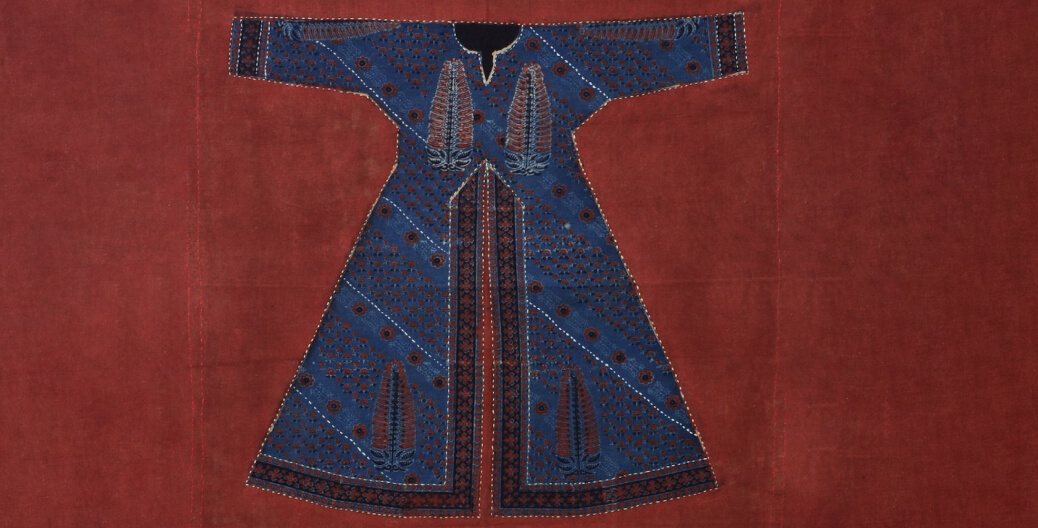
Overview
Indian textiles are a fascinating medium to engage with history while understanding contemporary shifts in society, the economy, and culture at large. This ten-part online series, featuring illustrated presentations, lectures, and panel discussions, traces the transregional histories, material dimensions, and market dynamics of these textiles. It also examines their influence on contemporary art, aesthetics, and architecture. As the first formal offering of its kind, the series brings together leading scholars, curators, researchers, makers, and entrepreneurs to present a rare blend of academic and practice-based insights into textile design, making, and afterlives.
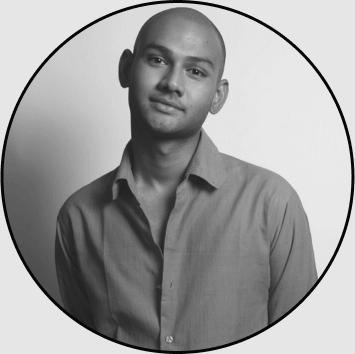
About the Presenter
This lecture series is designed to provide enriching learning opportunities for everyone, from beginners to experts, regardless of prior knowledge. Weekly lectures will be held online via Zoom, and will be accessible to learners from across the world.
Access the Recording
Total Sessions
10
Dates
5 July –
6 September 2025
Cost
Free
Platform
Live on Zoom
Outcome
Certificate of Attendance
Prerequisites
None
Sessions
Date (2025)
Guest Speakers
1. Introduction
05 July
-
2. Considering Fibre
12 July
Dr Meena Menon, Uzramma
3. Historical Overview: 9th to 18th Centuries
19 July
Rosemary Crill
4. Colonial-Period References & Rethinking Pedagogies
26 July
Dr Ritu Sethi
5. Towards Recent Histories: 1947 to Now
02 August
-
6. A New Renaissance?
09 August
Deepika Shah, Hemang Agrawal, Dr Radhikaraje Gaekwad, Sharan Apparao
7. Making and Practices I: Indian Fashion — Discussing a New Paradigm
16 August
David Abraham, Jigmat Couture, Kallol Datta, Manish Arora
8. Making and Practices II: On Weaving — Conversation with Monika Correa
23 August
Monika Correa, Pradeep Dalal
9. Making and Practices III: On Ajrakh — Conversation with Dr Ismail Khatri
30 August
Dr Ismail Khatri, Ami Shroff
10. Indian Textiles in the World
06 September
Peter Lee, Shwetasree Majumder, Uthra Rajgopal
Part I
Five lectures and illustrated presentations, tracing the historical trajectory of Indian textiles.
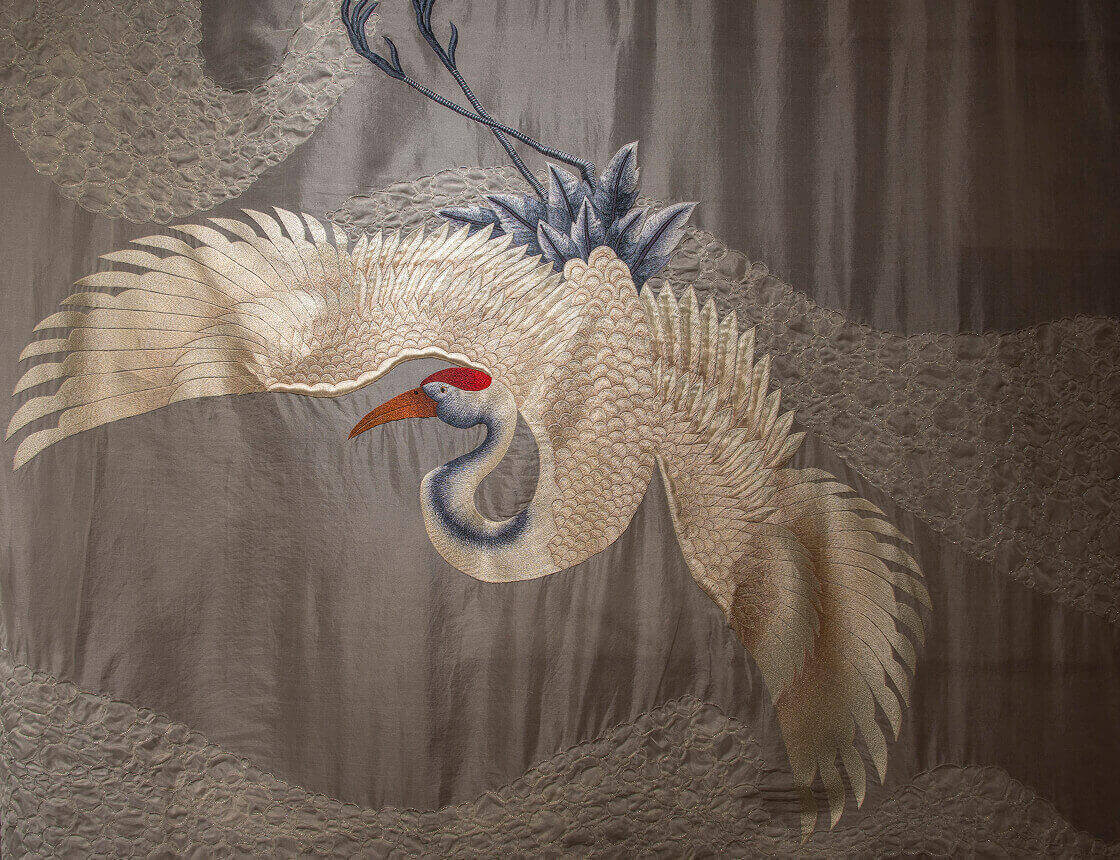
01Introduction
5th July, 2025 | 5:00 pm IST
By Mayank Mansingh Kaul
How have Indian textile practices developed to their present form? What roles have scholarship, curation, collections, and museums played in shaping the formal perceptions of textiles today? This opening session explores these questions by tracing over a century of knowledge-building that has defined the field. It addresses critical gaps such as the complex positioning of textiles between art, design, and craft; as well as the challenges of articulating these histories primarily in English. It also sets the framework for the forthcoming sessions.
By Mayank Mansingh Kaul
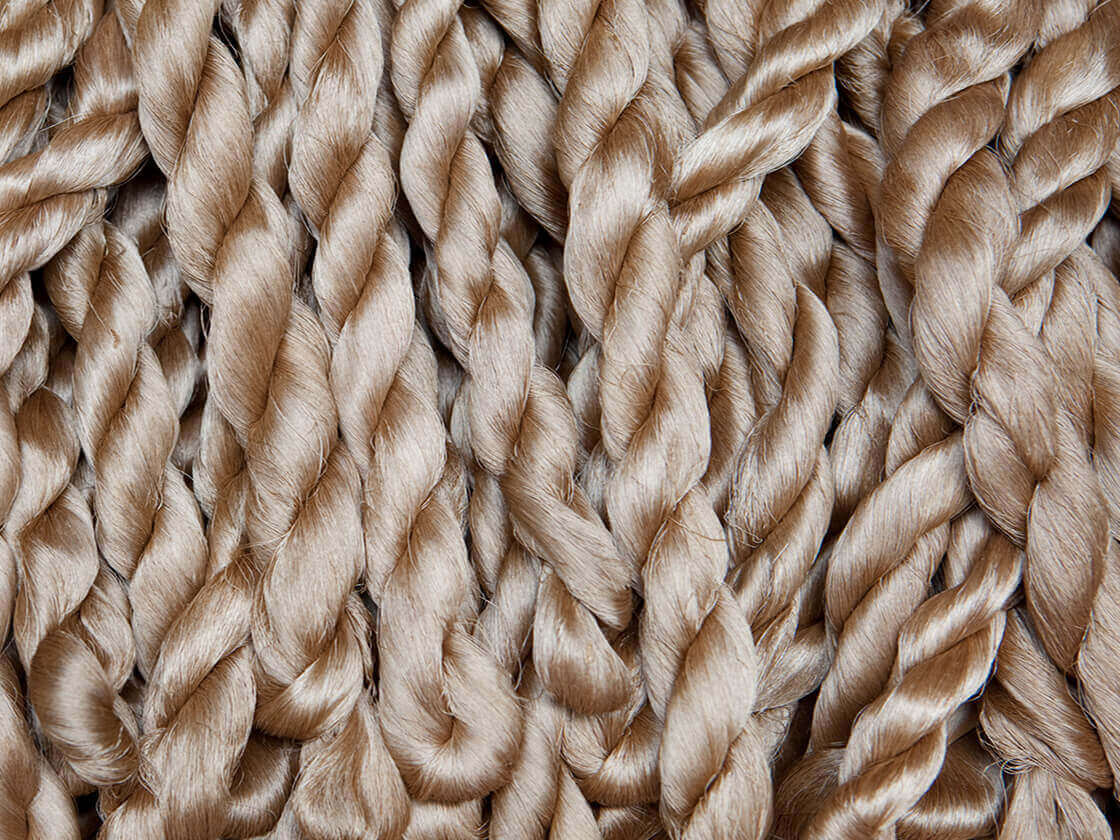
02Considering Fibre
12th July, 2025 | 5:00 pm IST
By Mayank Mansingh Kaul with Dr Meena Menon and Uzramma
The stories of India’s textiles begins with the fibres that have shaped its past and present. Handspun cotton from the Indian subcontinent once dominated global markets, and its legacy reflects the intertwined impact of colonial and post-independence policies. In this session, we trace the incredible history of cotton, and lesser-known perspectives on silk, wool, pashmina, and other natural fibres — revealing their vibrant cultural and economic significance across the region.
By Mayank Mansingh Kaul with Dr Meena Menon and Uzramma
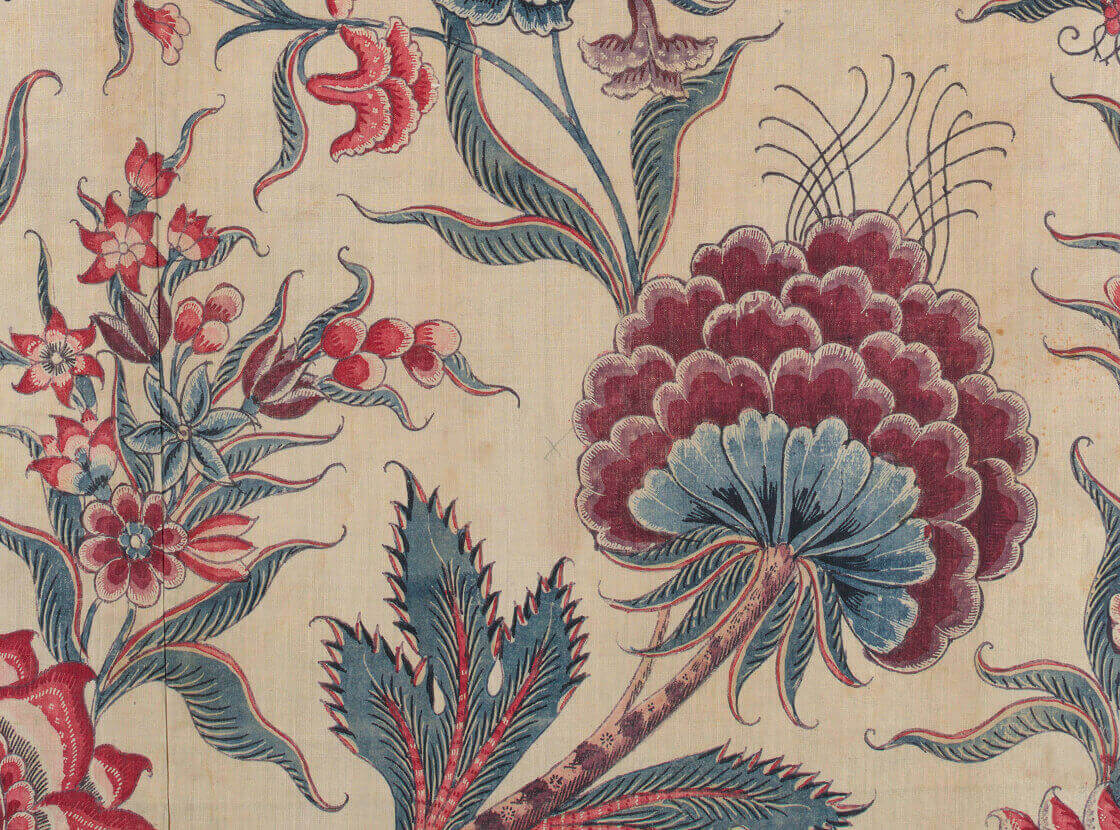
03Historical Overview: 9th to 18th Centuries
19th July, 2025 | 5:00 pm IST
By Mayank Mansingh Kaul with Rosemary Crill
Indian cloth has been at the centre of cultural exchange for centuries, carrying with it stories of taste and transformation. This session offers an overview of Indian textiles from the 9th to the 18th centuries, including trade textiles and those made for local courts. It covers textile traditions such as chintz and kalamkari, samite and lampas, as well as the Kashmir shawl. By examining how their popularity grew through commercial networks between India and the world, we learn how elite patronage enabled the highest forms of artistic expression and craftsmanship within the region.
By Mayank Mansingh Kaul with Rosemary Crill
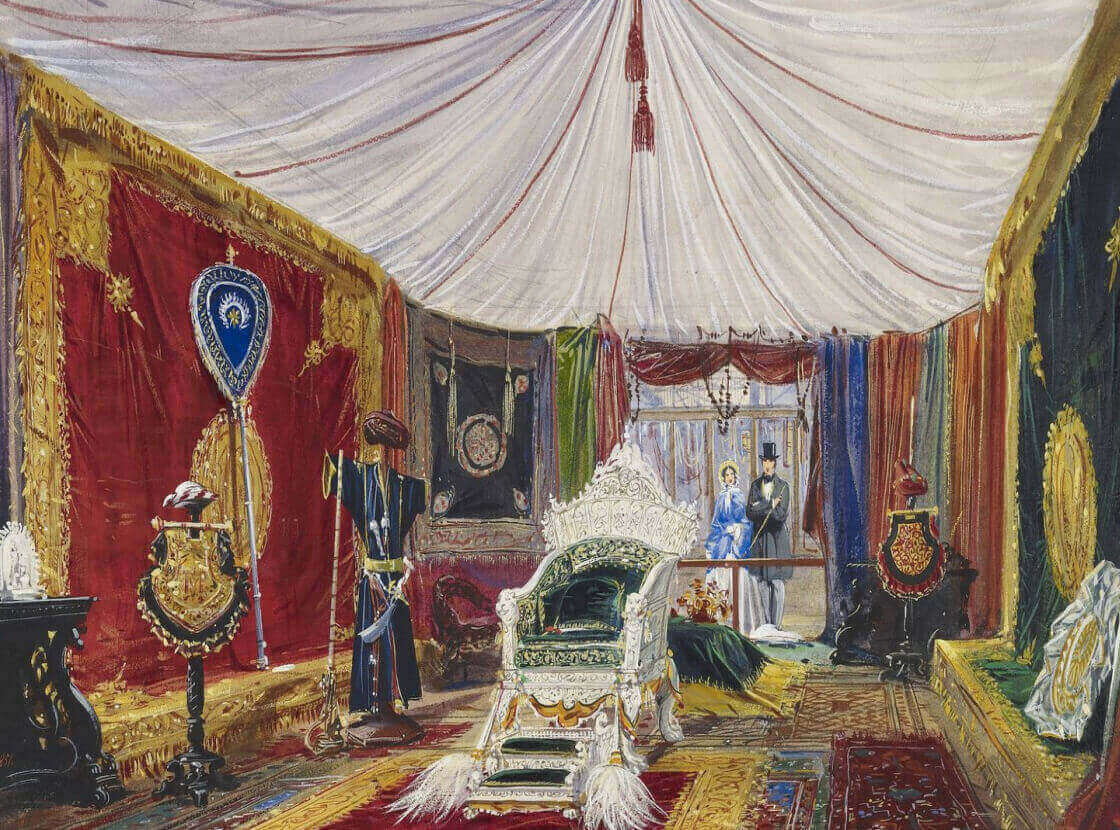
04Colonial-Period References & Rethinking Pedagogies
26th July, 2025 | 5:00 pm IST
By Mayank Mansingh Kaul with Dr Ritu Sethi
What can the colonial archive reveal about Indian fabrics — and what does it obscure? This session explores how British imperial records, from Thomas Wardle’s silk volumes to The Great Exhibition inventories, shaped early studies of Indian textiles. Originally compiled to further the empire’s interests, these archives now offer insights into how Indian textiles were viewed, categorised, and altered in the colonial imagination. Juxtaposing these with court records and vernacular sources, this session proposes new and critical ways of researching and teaching Indian textile histories today.
By Mayank Mansingh Kaul with Dr Ritu Sethi
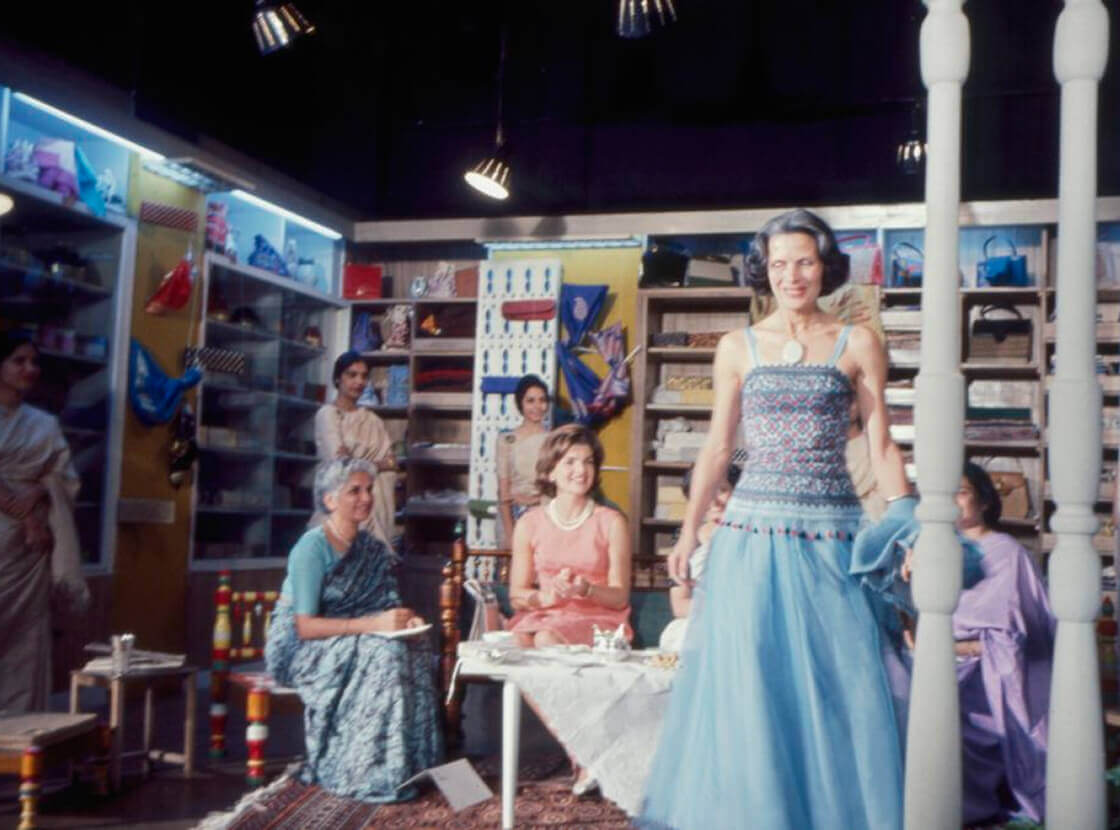
05Towards Recent Histories: 1947 to Now
2nd August, 2025 | 5:00 pm IST
By Mayank Mansingh Kaul
What prompted India to develop its own unique textile language after 1947? This session traces how the post-independence revival of handlooms, which were deeply tied to the freedom struggle, influenced textile design and production. It explores how early economic policies and foreign relations fostered a ‘non-aligned’ design aesthetic, and delves into the inception of pioneering designer labels and brands in the decades that followed. By pursuing these developments — from institutional frameworks to iconic makers — we revisit the key shifts in India’s contemporary textile history.
By Mayank Mansingh Kaul
Part II
Panels and discussions moderated by the presenter, with practitioners from diverse regions and backgrounds offering first-hand insights on their creative processes and material considerations.
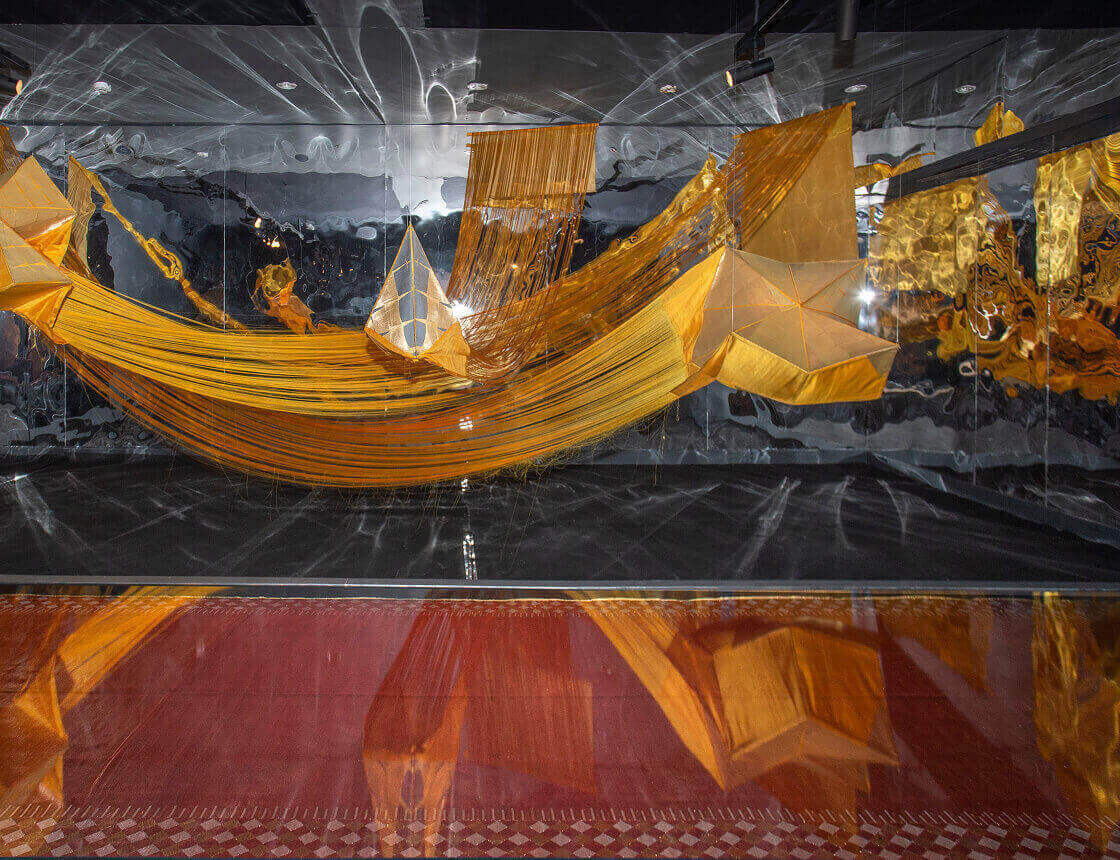
06A New Renaissance?
9th August, 2025 | 5:00 pm IST
By Mayank Mansingh Kaul with Deepika Shah, Hemang Agrawal, Dr Radhikaraje Gaekwad, and Sharan Apparao
Are we in the midst of a new renaissance for Indian textiles? Recent years have witnessed a surge in visibility for Indian textiles globally: we’ve seen an exponential rise in textile exhibitions, press interest on textile practitioners, and social media engagement with the subject. In this panel discussion, speakers from various professional backgrounds come together to discuss these emerging trends in the art market, design, collection building, and curation, as well as the online space.
By Mayank Mansingh Kaul with Deepika Shah, Hemang Agrawal, Dr Radhikaraje Gaekwad, and Sharan Apparao
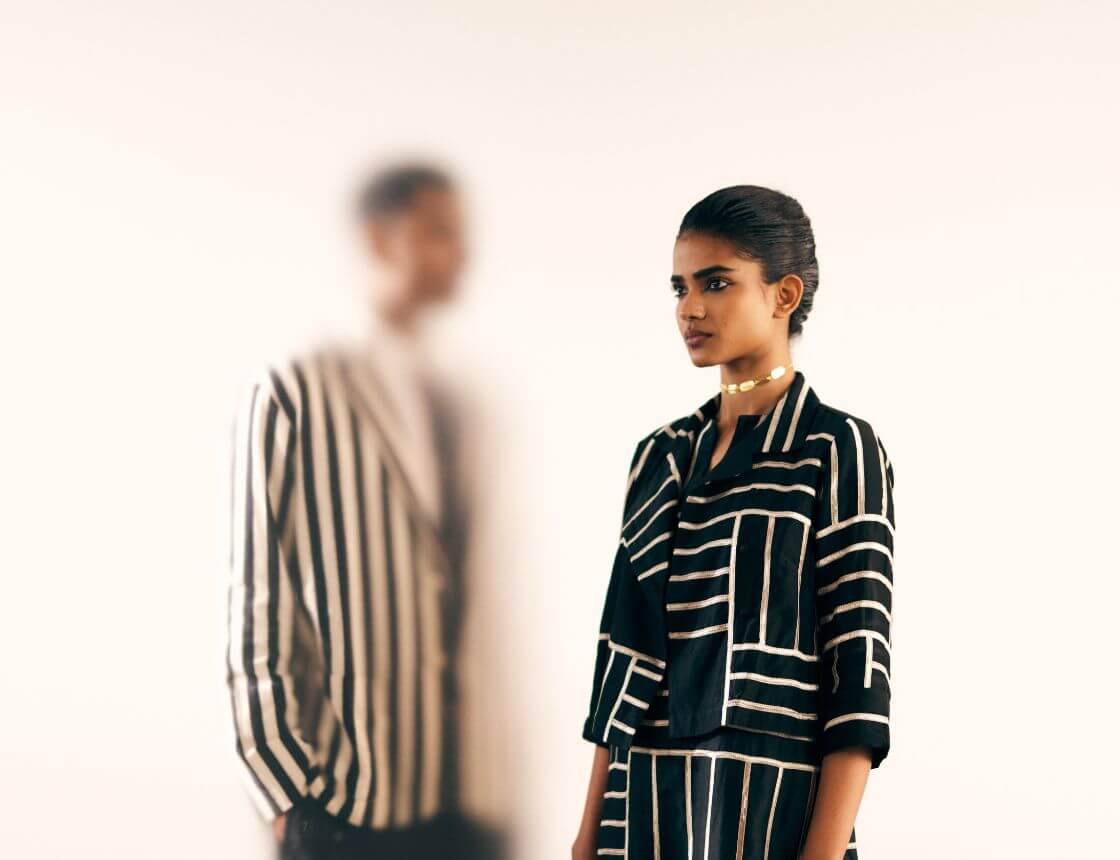
07Indian Fashion — Discussing a New Paradigm
16th August, 2025 | 5:00 pm IST
By Mayank Mansingh Kaul with David Abraham, Jigmat Couture, Kallol Datta, and Manish Arora
The global fashion industry is premised on seasonal changes in trends. Indian writers and designers have consistently raised concerns about its tendency to homogenise aesthetics and style, and to force a certain uniformity in retail formats. In this panel, we ask if a uniquely Indian attitude towards clothing is essential for sustaining the country’s varied textile traditions.
By Mayank Mansingh Kaul with David Abraham, Jigmat Couture, Kallol Datta, and Manish Arora
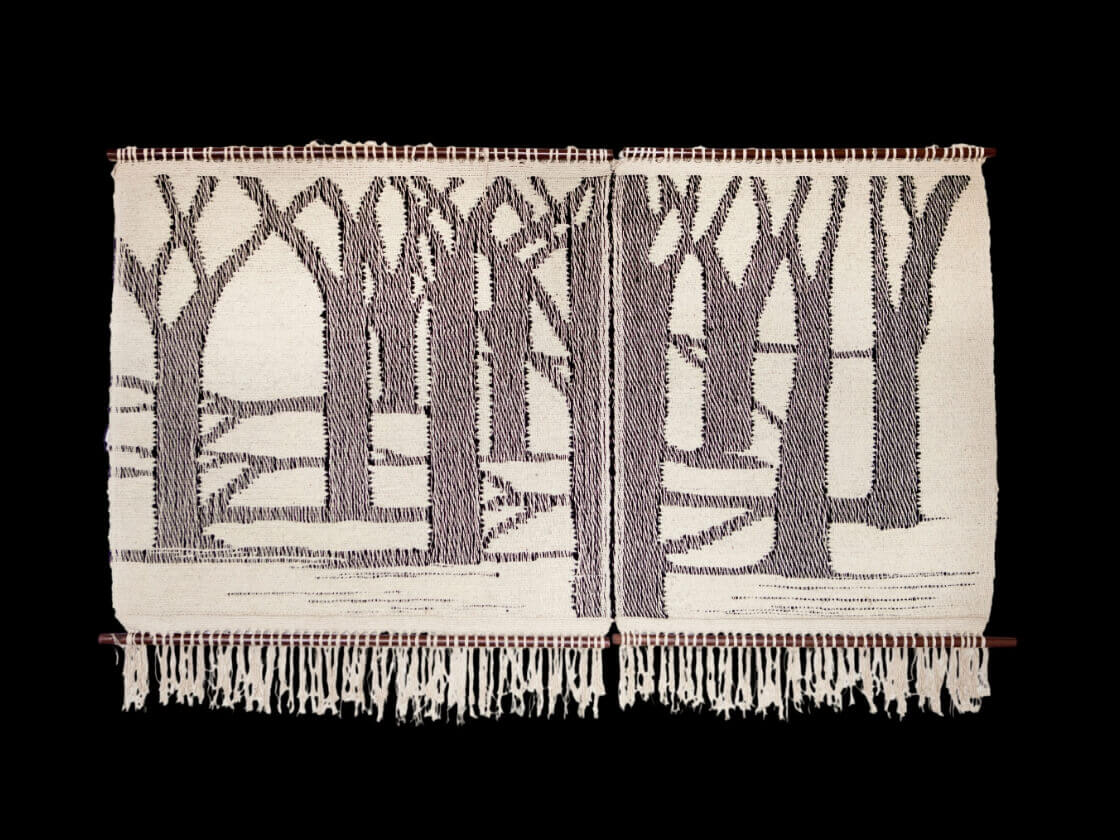
08On Weaving — Conversation with Monika Correa
23rd August, 2025 | 5:00 pm IST
By Mayank Mansingh Kaul with Monika Correa and Pradeep Dalal
Renowned artist Monika Correa is known for her distinctive style of handweaving tapestries, with her work forming a part of major collections in India and abroad. Her creative journey reflects wider cultural developments in independent India and the significant rise of natural fibres and fabric as a medium of contemporary art. In this session, Correa joins artist and writer Pradeep Dalal to discuss her practice, early influences, and current interests; and to reflect on evolving systems of patronage and showcase.
By Mayank Mansingh Kaul with Monika Correa and Pradeep Dalal

09On Ajrakh — Conversation with Dr Ismail Khatri
30th August, 2025 | 5:00 pm IST
By Mayank Mansingh Kaul with Dr Ismail Khatri and Ami Shroff
Textile traditions have constantly innovated with design and its applications, for millennia. The practice of Dr Ismail Khatri — a leading exponent of Ajrakh — represents such dynamic aspects of handmade and hand-patterned Indian fabrics. In this session, he discusses his approach to art, entrepreneurship, mentorship, and education, while reflecting on the broader changes that have occurred in the Kutch region of Gujarat. He will be in conversation with Ami Shroff, a close collaborator at the Living and Learning Design Centre in Ajrakhpur, a pioneering organisation co-founded by Khatri.
By Mayank Mansingh Kaul with Dr Ismail Khatri and Ami Shroff
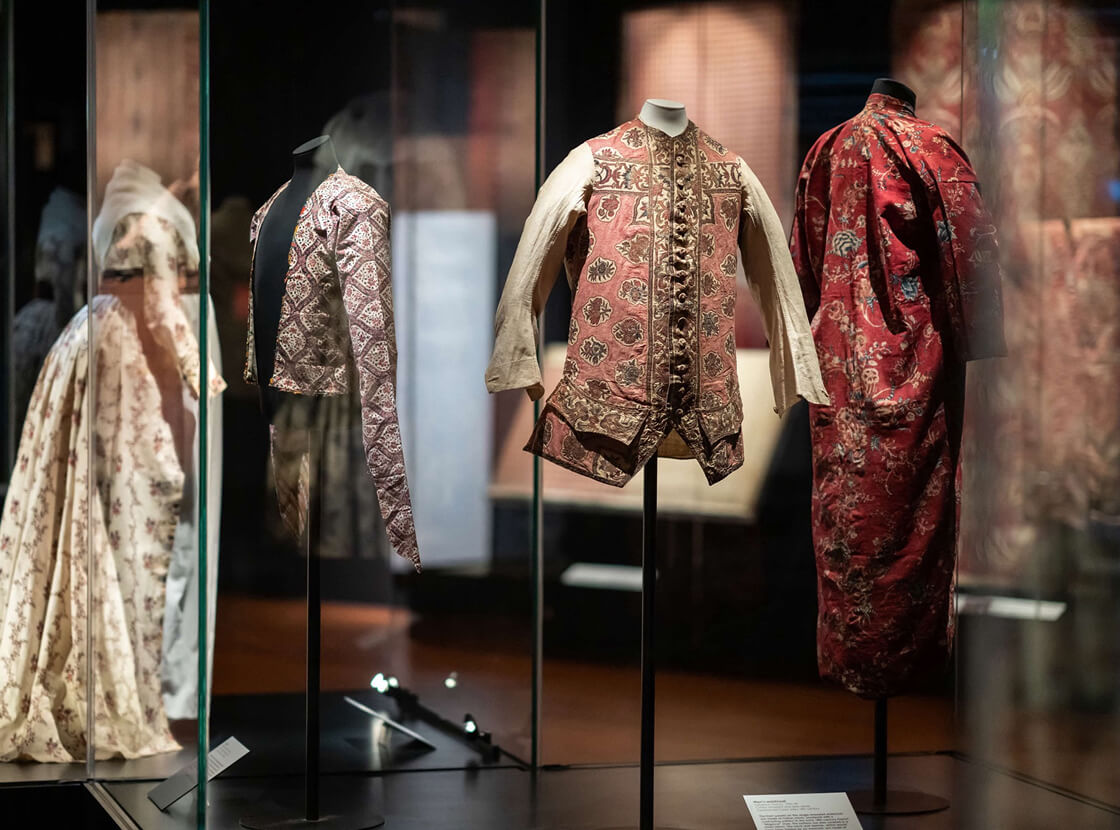
10Indian Textiles in the World
6th September, 2025 | 5:00 pm IST
By Mayank Mansingh Kaul with Peter Lee, Shwetasree Majumder, and Uthra Rajgopal
Some of the most exceptional examples of historical Indian textiles sit in museums and collections across the world — from the West to other parts of Asia. For over a century, these institutions have enabled scholarship and sustained global interest in them. Such efforts are now joined by a new generation of researchers, collectors, and creatives. In this concluding session, we examine key questions of identity, authorship, and curation, which guide — among other urgent concerns — debates around fair trade, labour rights, sustainability, and Geographical Indicators.
By Mayank Mansingh Kaul with Peter Lee, Shwetasree Majumder, and Uthra Rajgopal
Meet the Guest Speakers
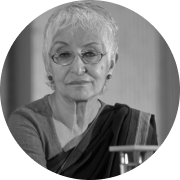
UZRAMMA
With over 30 years of experience in handloom weaving and natural dyeing, Uzramma is the founder of Dastkar Andhra and the Decentralised Cotton Yarn Trust which supports cotton handloom from Andhra and Telangana. In 2004, she established the Malkha Marketing Trust to promote small-scale, local cotton yarn spinning. Uzramma is also the co-founder of Handloom Futures Trust, a research collective that looks into the ownership of artisanal knowledge, and the co-author of A Frayed History: The Journey of Cotton in India (2017).

DR MEENA MENON
Dr Meena Menon is a visiting postdoctoral fellow at the Leeds Arts and Humanities Research Institute (LAHRI), University of Leeds, and an independent journalist and researcher. She is a former Deputy Editor at The Hindu. Menon has a PhD on social movements from the School of History, University of Leeds, UK. She is the author of the books Riots and After in Mumbai: Revisiting a City in Conflict in 1992–93 (2024), Reporting Pakistan (2017) and the co-author of A Frayed History: The Journey of Cotton in India (2017) and The Unseen Worker: On The Trail of the Girl Child (1998).

ROSEMARY CRILL
Rosemary Crill is a specialist in South Asian textiles and formerly a curator at the V&A Museum in London for 38 years. She has lectured widely and her publications include the books Indian Ikat Textiles (1998); Indian Embroidery (1999); Chintz: Indian Textiles for the West (2008) and Textiles from India: The Global Trade (2005), as well as over 50 journal articles and catalogue essays. Crill’s book The Fabric of India (2015) was accompanied by a major exhibition at the V&A Museum co-curated by her. She is currently researching the use of Indian textiles in manuscript bindings from Ethiopia and Armenia.

DR RITU SETHI
Dr Ritu Sethi is the editor of the Global InCH International Journal of Living Heritage and oversees the Asia InCH Encyclopedia. Her research and writing explores colonial and contemporary cultural histories, policy and sustainability. Her publications include Handmade for the 21st Century: Safeguarding Traditional Indian Textiles (2022); Embroidering Futures: Repurposing the Kantha (2012), and Painters, Poets, Performers: The Patuas of Bengal (2017). She serves on committees in India, Japan, the UK and other parts of Europe. She is also the founder-trustee of Craft Revival Trust.

DEEPIKA SHAH
Deepika Shah is the Director of the TAPI Collection — a leading private textile and art collection in India, which she has been associated with since its inception in 2000. Shah has a background in Art History and a master’s in Ancient Indian Culture. She has authored Masters of the Cloth (2005), a catalogue on Indian trade textiles, and curated TAPI’s most recent exhibition, When Indian Flowers Bloomed in Distant Lands, in Mumbai (2023) and Ahmedabad (2024). Through her work, Shah seeks to bridge past and present, sharing the global reach and enduring artistry of India’s textile heritage.

HEMANG AGRAWAL
Hemang Agrawal is a Varanasi-based apparel and textile designer, and the Creative Director of The Surekha Group. A graduate from NIFT, he moved back to his home city to train in handcrafted textiles after a stint in garment exports. For two decades, Hemang has worked closely with local and global luxury brands and large-format retailers. He co-founded Anjora, HolyWeaves and Hemang Agrawal — labels that embody Indian textile heritage in a contemporary apparel form, and which are sold in over 30 countries. He has been nominated for the International Woolmark Prize and featured on Netflix’s The Creative Indians.

DR RADHIKARAJE GAEKWAD
Dr Radhikaraje Gaekwad is a textile revivalist, researcher and philanthropist. She is the Director of Craft Design Society Art Foundation, Ahmedabad, where she works on aligning artisans with designers, and bridging gaps with the end consumer. She holds a master’s in Medieval Indian History and has been conferred an honorary doctorate degree by the University of East London for her work in the fields of culture, diversity and inclusion. Having married into the royal family of Vadodara, she also manages multiple philanthropic trusts and heritage conservation projects, and organises Urja, an artisanal fair.
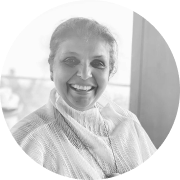
SHARAN APPARAO
Founder-Director of Apparao Galleries, Chennai, Sharan Apparao is a prominent gallerist with over four decades of experience. She is known for her sharp curatorial eye and interdisciplinary vision spanning craft, design and contemporary art. Trained in Fine Arts and having completed programmes at Harvard University and the Smithsonian Institution, Apparao has supported emerging artists and experimental practices while engaging deeply with India’s visual heritage. She has led prestigious projects and curated destination art tours, and through her gallery, fostered vital dialogues between tradition and modernity in art.

DAVID ABRAHAM
The co-founder of the design label Abraham & Thakore, David Abraham is known for his thoughtful design philosophy rooted in material honesty, cultural nuance, and balancing innovation and tradition. Born to a Syrian Christian father and a Peranakan Chinese mother, his multicultural upbringing deeply informs his work. A graduate of NID, David has worked in leading stores across Finland, Milan, and New York, where he designed everyday wear for the clothing company Sandy Starkman. In 2022, he created garments for the Peranakan Museum in Singapore. Abraham’s works have also been exhibited at the V&A Museum, London.
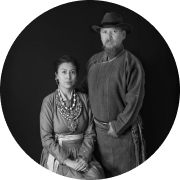
JIGMAT COUTURE
Jigmat Wangmo and Jigmat Norbu are fashion artists and co-founders of Jigmat Couture, an ethical fashion house based in Ladakh. They launched the label in 2010 after two years of rigorous research to promote Ladakhi textiles, craft and culture. Using locally sourced goat, sheep, yak and camel wool, their products are handspun, dyed, and woven by nomadic artisans using traditional techniques. The duo also runs Ladakh’s first textile museum and leads curated events, artisanal projects, and residencies, fostering sustainable fashion and preserving Himalayan heritage.

KALLOL DATTA
Kallol Datta is an artist and researcher based in Kolkata who explores clothing practices across Southwest Asia, North Africa, the Korean Peninsula and Japan. Repurposing donated garments that hold memory and history, they explore themes of labour, cultural sustainability, and research as production. Their practice centres on community, resistance, shared healing, and radical knowledge-making. Datta has exhibited internationally, curated the Kolkata Queer Arts Month (2023) and co-curated the State of Fashion Biennale (2024). They currently serve on the Creative Advisory Council for the STOF Biennale (2026).
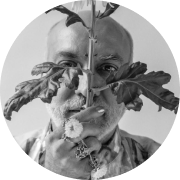
MANISH ARORA
Leading Indian designer Manish Arora’s vibrant, masterfully crafted ensembles have been worn on international runways and by global celebrities including Rihanna, Katy Perry, and Aishwarya Rai. The first Indian to show at Paris Fashion Week and enter the prestigious Chambre Syndicale du Prêt-à-Porter des Couturiers, Arora is the former Creative Director of Paco Rabanne. In 2016, he received the highest civilian honour in France, the Chevalier de la Légion d’Honneur. Recently, he designed the costumes for ABBA’s ‘Voyage’ virtual concert.
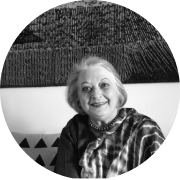
MONIKA CORREA
Monika Correa is one of India’s most prominent fibre artists, known for her experimental weaving techniques. Born and based in Mumbai, she trained at the Weavers’ Service Centre and was introduced to weaving by Marianne Strengell. After her first exhibition in 1972, she focused on commissions before moving toward abstraction, often dismantling parts of the loom to free threads, introducing subtle movement and texture. Her work has been shown at La Biennale di Venezia (2024), MoMA in New York, and National Gallery of Canada in Ottawa, and is held in major collections including at The Metropolitan Museum of Art, New York; M+, Hong Kong; Kiran Nadar Museum of Art, New Delhi; and MFA, Boston among others.

PRADEEP DALAL
Pradeep Dalal is an artist and writer based in Mumbai and New York. His works have been shown at Oakville Galleries, Art Cake, EFA Project Space, Callicoon Fine Arts, Sala Diaz, and Murray Guy among other venues. He co-authored Photography in the Sensorium (2021). His essay ‘Hand and Loom’ (2022) was published in Wolf Tones. Dalal co-chaired the MFA in Photography programme at Bard College, New York, from 2015 to 2020. He directs the Andy Warhol Foundation Arts Writers Grant in New York.
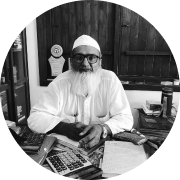
DR ISMAIL KHATRI
Dr Ismail Khatri is a ninth-generation practitioner of Ajrakh, a complex two-sided block-printing tradition from Kutch, Gujarat. After a devastating earthquake in 2001, he led the relocation of his community of textile-makers from Dhamadka to Ajrakhpur — a new village that he helped set up. Reviving the use of natural dyes like indigo and alizarin, Khatri combines traditional techniques with sustainable practices. His workshop exports globally. Recognised with a national merit certificate, a UNESCO Seal of Excellence, and an honorary doctorate from De Montfort University, Khatri also mentors emerging Ajrakh artists.
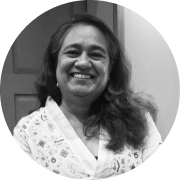
AMI SHROFF
Ami Shroff is the Director of Shrujan and the Living and Learning Design Centre, organisations dedicated to the craft and cultural heritage of Kutch. She trained with NGOs in Mumbai, lived and worked with artisans, and was part of family-led ventures like Excel Industries and Agrocel — experiences that shaped her approach to development and sustainability. At Shrujan, which was founded by her mother, the late Chanda Shroff, she led the Design Centre on Wheels project and initiated Pride and Enterprise, a research project on Kutch’s embroidery communities.
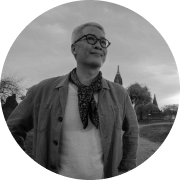
PETER LEE
Peter Lee is an independent art and heritage consultant and the Founding Curator of the National University of Singapore’s Baba House, a historical house-museum. He has curated exhibitions on Southeast-Asian material culture since 1998 across Singapore and Japan. His current exhibition, Batik Nyonyas: Three Generations of Art and Entrepreneurship, 1890-1980, is now on show at the Peranakan Museum in Singapore. Lee hosts Channel News Asia’s history documentary, Mark of Empire. He also manages a family collection of textiles and 19th century photography.

SHWETASREE MAJUMDER
Managing Partner at Fidus Law Chambers, Shwetasree Majumder is a leading IP litigator and strategist in India. She is a UDRP Panelist with the World Intellectual Property Organisation, and served on the International Trademark Association’s Board of Directors as its first Indian woman member from 2013–15. She is recognised among the world’s top IP lawyers by several renowned international publications. She writes and speaks widely on IP, and has recently instituted and argued India’s first GI dispute involving two countries.
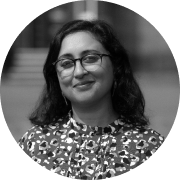
UTHRA RAJGOPAL
Uthra Rajgopal is a curator and researcher specialising in South Asian textiles. She has formerly held roles at the V&A Museum and the Whitworth, where she received the UK Art Fund New Collecting Award to build a collection of contemporary textile art by South Asian women artists. She has curated several major exhibitions including Beyond Borders (2017) and Fragments of Our Time for the British Textile Biennial (2023). Rajgopal has worked with Tamil and Kutch weavers and dyers, lectures widely, and mentors textile artists. She is currently a PhD candidate at Nottingham Trent University.
Contact Information
If you have any inquiries or need assistance, please contact Amitha Murugesh, Project Lead (Learning) at MAP Academy, by writing to hellomapacademy@map-india.org